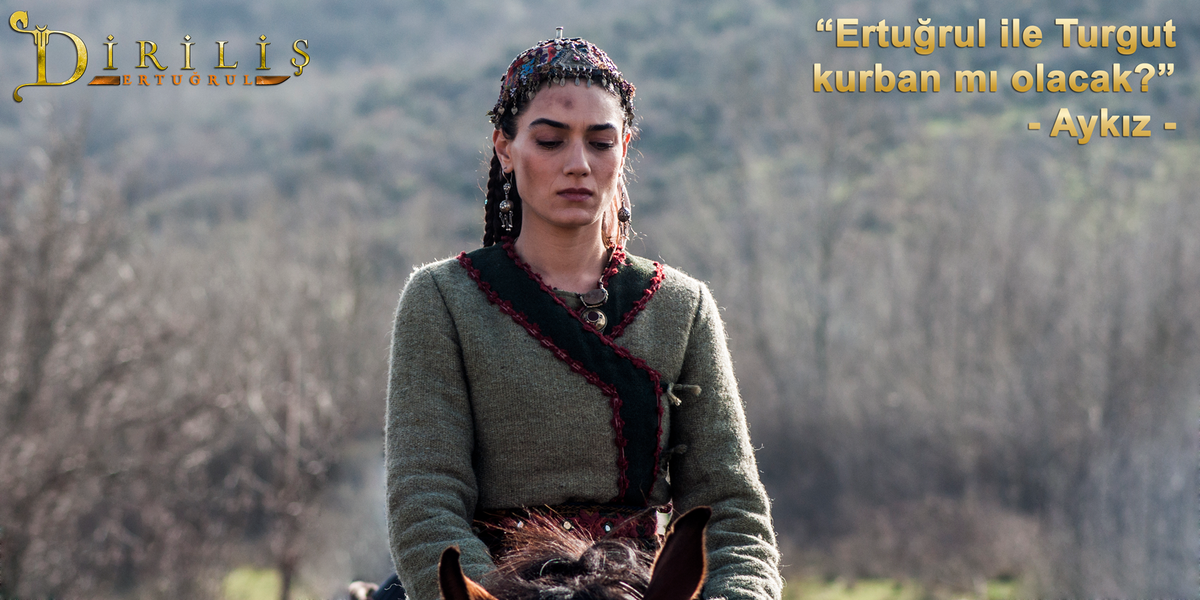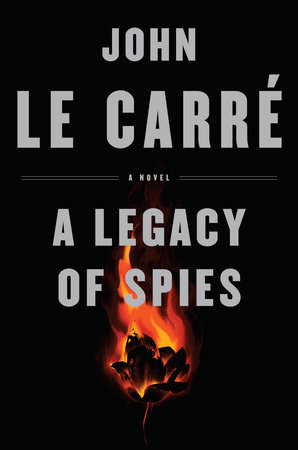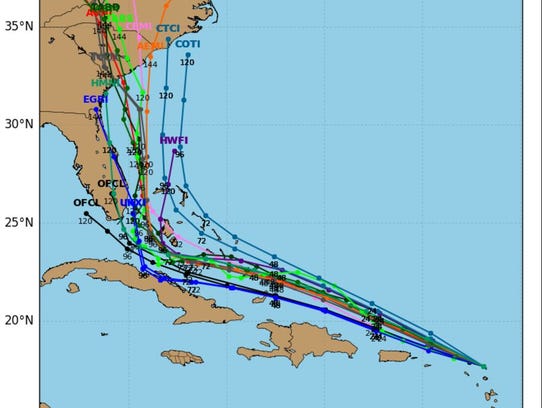Archeology and Newspapers
It was the newspapers that caused the dream!
I recalled that the day before, I'd read the Guardian's September 12th's report of a Viking era grave located in Birken, Sweden, which held the remains of a woman, a mare and a stallion, and her weapons.
From the Guardian:
. . . . not just any warrior, but a senior one: she was buried alongside a sword, an axe, a spear, armour-piercing arrows, a battle knife, two shields and two horses. Gaming pieces – perhaps from hnefatafl, a sort of precursor to chess – suggest the female warrior from grave Bj581 was a battle strategist.Since the Guardian became accessible online, it seems to periodically provide coverage of history's powerful women, many of whom, if not most, have been written out of history. (Not a coincidennce one thinks that the Guardian provides a lot of column space to women historians and writers such as Mary Beard -- who are reliably excoriated by the male commentators.) Thus the Guardian followed up the Birken grave and its contents with this story on Friday, September15th:
How the Female Viking Warrior Was Written Out Of History -- "What Bj 581, the ‘female Viking warrior’ tells us about assumed gender roles in archaeological inquiry"Then, just two days ago:
The recent discovery of female bones in a Viking warrior grave is yet another indication that we’ve only scratched the surface of female history -- "How Many More Warrior Women Are Missing from the History Books?"
Predictably, all three stories were illustrated with images from the History channel's thoroughly non-historical scripted historical drama, Vikings's resident female warrior, Legartha.*
Equally predictable, were the plethora of comments in response to these Guardian stories, so many of which were jeers at the very idea. This way the readers learns that the only reason there were the bones of a woman in a warrior's burial site is because 1) the archeologists lied, don't know what they doing, are mistaken, she's really male; 2) she was the wife of a warrior who is a man, who died somewhere else and thus couldn't be interred in his own grave, or who was removed later; 3) animals put some woman's bones there.
Television's Role in the Warrior Queen Dream
Surely television via netflix streaming also played a role provoking that dream. I am continuing to watch the Turkish historical 13th century epic of Diriliş: Ertuğrul, the founding ancestor of the Ottoman Turkish empire. As these series are, it's very long, nearly 80 episodes -- I'm barely half way through, though I began watching this before summer. But by now we're seeing the Kayi's tribe's women training for a battle - assault they are sure will be coming from the Aleppo region's reigning sultan. Aykriz, is in charge of their training. Trained from birth in the tribe's martial arts, who is the beloved of one of the tribe's most heroic and skilled warriors (alps, they are called), she's the daughter of the blacksmith, who manufactures the tribe's weapons. What Aykriz can do with a bow and sword, whether from the ground or riding a horse at full gallop are some thrilling scenes.
Though the history of Diriliş: Ertuğrul is probably as much fiction as the Icelandic sagas of Ragnar Lodbrok from where Vikings received its inspiration, the details of these nomads' tribal life, clothing and relationships, are more than true to historic life. There are at least as many women characters as male, and there is no question among either the characters themselves or how they are portrayed in the series that they are equally important and significant to the action, whether dramatic or historic.
Additionally, the relationships among the humans and their horses is unlike anything I've ever seen in such productions no matter what country they are depicting. These horses interact with the people who are their 'owners' and 'riders.' Even when they are functioning as scene dressing they pay attention to the action that is centered. There is prolonged, painful scene in which one of the Heroes, Torgut, beaten and tortured by the order of the Templars' Grand Masters, has a horse tethered in the background. This horse does not belong to Torgut, but during the entire scene the horse's head and neck are turned toward the action, its ears are pricked toward the action. And there was hay on the ground at the horse's feet. Whether this is planned or not, nothing else could so honestly tell the viewer that these are above all, people of the horse.
Books - History
The Secret History of the Mongol Queens: How the Daughters of Genghis Khan Rescued His Empire is a 2010 book by Jack Weatherford, which I just finished, ahem, bookends brilliantly with Diriliş: Ertuğrul. Not least among the reasons this is so, is that it too begins in the 13th century, the same as in which Diriliş: Ertuğrul is located. Weatherford reads and writes Mongolian, and has spent a great deal of time living in Mongolia. The story of warrior queen, Mandukhai, the woman who restored Genghis Khan's ideals for the Mongols, is enthralling -- and she's not the only one. It also show how easily and quickly such women, even when their rule is the law of the land, can be overthrown and utterly erased from the historical record -- at least the official record. This includes literally tearing the accounts of their lives out of the official record.
Among the many elements of his book that I appreciated is how much of the cultural practices, from religious to jewelry and clothing of these tribes who populated such a vast region of central Asia for millennia, are found all across eras and regions -- from the Hittites and Scythians, China (the interactions between the kingdoms that became China are ancient, and the Mongols supposedly ruled a large part for a while), to the Tartars of Russia and the tribes that became the Ottomans. One can see it most particularly in the headdresses of the women. Why these are they way they are, Weatherman explains. These connections and continuities I've always felt, but never knew how or why. Nomadic pressures and conquest were the driving forces for all of it -- and smart, fighting and ruling women were always integral.
Weatherford's The Secret History is the source for the counterpart novels in recent days with Mongol settings and characters, which includes The Tiger's Daughter (which is the title for one of the sections in scholar Weatherford's history) and even parts of Guy Gavriel Kay's China duology, Under Heaven and River of Stars and even for the Netflix original two seasons of Marco Polo. This series had more than one warrior woman based on historical figure in Secret History, which, judging by their sneers of disbelief and dislike of these characters on discussion forum I visit, male viewers hated.
The first biography of 16th - 17th century African warrior queen, Njinga of Angola,by our friend Prof. Linda Heywood, has just been published by Harvard University Press, It's hard to describe how thrilling it is to read a book bout such a fierce and successful woman, faced with such terrible odds, written by another fierce and successful woman -- whom I actually know! Moreover, this is set in the same era as the last sections of Weatherford's history of the Mongol Queens, which feature the brilliant fighting woman, general and ruler, Mandukhai. (Let us not forget another great, powerful and successful ruler of the era, Queen Elizabeth!)
Africans in Colonial Mexico: Absolutism, Christianity, and Afro Creole Consciousness 1570 - 1640 (2003) by Herman L. Bennett is helping prepare for the October Veracruz American Slave Coast Jazz Festival. As one can see from the dates covered, this is a pair with Njinga of Angola.
These colonial Mexican Africans were brought as slaves from Njinga's region by her enemies, the Portuguese. This is also the period of the Iberian Union, the peak of Spain's power, when Spain and Portugal were under the same crown.
The other two new books we have here are Hillary's What Happened (there are more than one way that a woman can be a warrior queen) and Le Carré's Legacy of Spies (more fictionalized history).
Reading and watching are so rich these days, no wonder I am having action adventure epic dreams of Warrior Queens.
------------------------------
* Alas, after about two and a half seasons Vikings devolved into preposterosity, lacking even a pretense of plot plausibility, characters behaving like idiots for not reason, and a distinct lack of Lagertha, showing that men (meaning in this instance the guy who show runner, writer and director) have no idea what to do with a female character who can take care of herself.



















